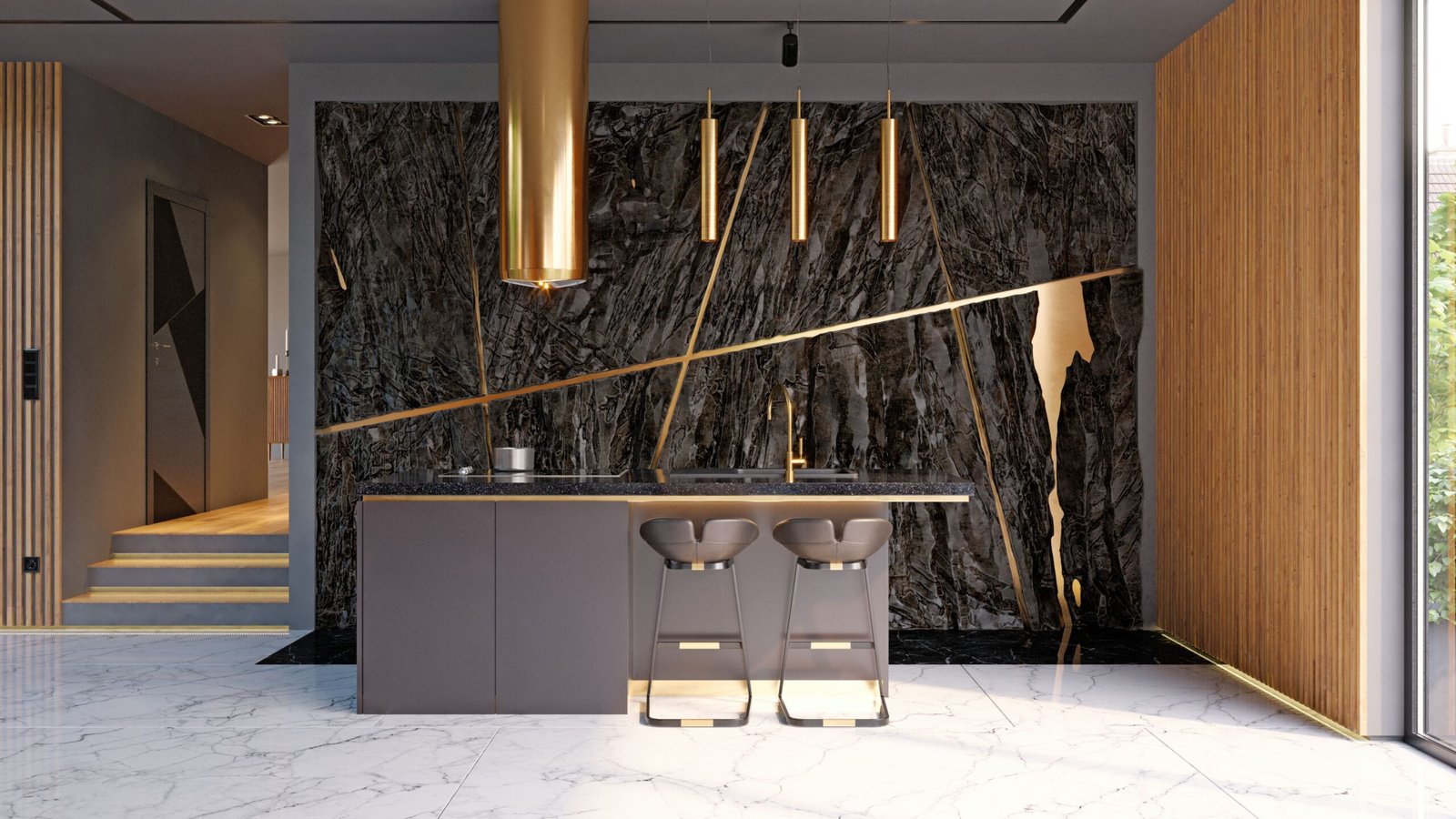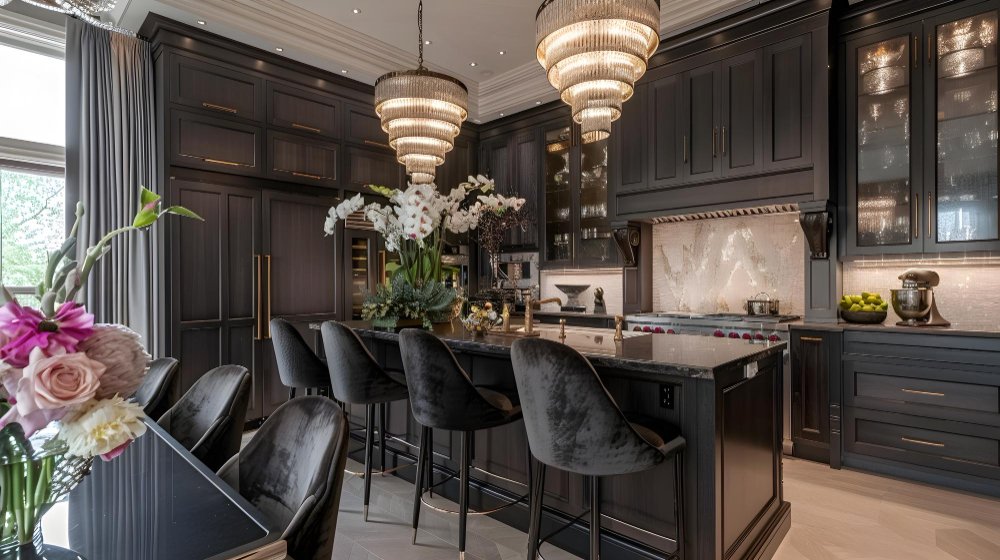
Sometimes, the smartest remodels don’t require moving walls or rerouting plumbing. Sometimes, all it takes is choosing the right kitchen cupboards — and doing it with intention. This is the story of a modest kitchen transformation that felt fully custom without the custom price tag.
Clean lines. Smart storage. Elevated design. It started with one decision: update the cupboards first, and let the rest follow.
🛠️ The Remodel Goal: Simple, Functional, Elevated
This was a small suburban kitchen: galley-style layout, standard dimensions, builder-grade oak cabinets from the early 2000s. The footprint worked. The storage didn’t.
The homeowners didn’t need a total overhaul — they needed a targeted upgrade that would make the kitchen feel like theirs, not a developer’s default.
The answer was clear: start with the cupboards, the most visible — and most used — feature in the kitchen.
📦 Why Kitchen Cupboards Make (or Break) the Space
Cabinetry accounts for up to 40% of a kitchen’s visual impact. It sets the tone for everything else — countertops, hardware, even lighting. And when it’s off, everything else feels dated no matter how new it is.
The original cupboards were bulky, boxy, and lacked storage logic. The upper cabinets were too high to reach comfortably; the lowers had no drawers. Nothing was optimized.
They didn’t need more cabinets — just smarter, better-designed ones.
🔧 The Smart Fix: Minimal Cabinetry, Maximum Function
In true Jonathan Scott fashion, the upgrade followed three principles: clean design, high function, no wasted effort.
Here’s what changed:
- Replaced doors with flat-panel fronts in a soft, matte white finish. No ornate moldings. No decorative flourishes. Just clean lines that felt modern and intentional.
- Switched lowers to deep drawers instead of cabinet doors. Easier access, better organization.
- Added a full-height pantry cupboard in a dead corner, instantly increasing storage by 25%.
- Integrated soft-close hardware throughout — a small touch that makes a daily difference.
- Reworked the cabinet layout around the cooking zone, keeping essentials within a single arm’s reach.
No custom cabinetry was used. All components were stock-sized — sourced affordably, then paired with matte black pulls and under-cabinet lighting for a finished look.
🖼️ The Visual Payoff: A Custom Look, Without Custom Prices
By simplifying the cupboard design, everything else in the space came to life. The countertop felt more expansive. The backsplash stood out instead of getting lost. Even the lighting seemed brighter.
The space didn’t grow — but it felt like it had.
The clean vertical lines of the cupboards made the room feel taller. The uninterrupted surfaces gave it a high-end, custom millwork feel, despite being built from modular cabinetry.
💸 The Budget Breakdown
| Upgrade | Cost Estimate |
|---|---|
| Flat-panel cabinet doors | $1,800 |
| Drawer conversion kits (4) | $600 |
| Pantry unit addition | $750 |
| Soft-close hinges & hardware | $300 |
| Professional installation | $1,200 |
| Total | $4,650 |
This modest investment made the entire kitchen feel intentional, refined, and custom — without stepping into six-figure territory.
✅ Why It Worked
This wasn’t a trendy upgrade. It wasn’t about showing off. It was about choosing the one element that would make the rest of the kitchen feel elevated. And for most kitchens, that element is the cabinetry.
When you prioritize form and function equally, you don’t need a giant budget — just great decisions.
🏁 Final Word: Cupboards First, Style Follows
If your kitchen feels generic, it’s probably not the layout — it’s the cupboards. Change them, and the entire tone of the space shifts. Cleaner lines, smarter storage, and a cohesive design can take even the most standard kitchen and make it feel like a designer’s hand was on every surface.
Because sometimes, the biggest transformation starts with one clean decision.

